
DISCUSS:
What is in the ocean water?
List as many different types of things as you can.

DISCUSS:
We can’t see the salt in ocean water.
How could we figure out if there’s really salt in ocean water?





















Teachers: If you are short on time, this is a good stopping point. Your students can make their Paper Bag Landscapes in a future session.
If you’re continuing right now, advance to the next slide.

DISCUSS:
How could you take the water out of ocean water?







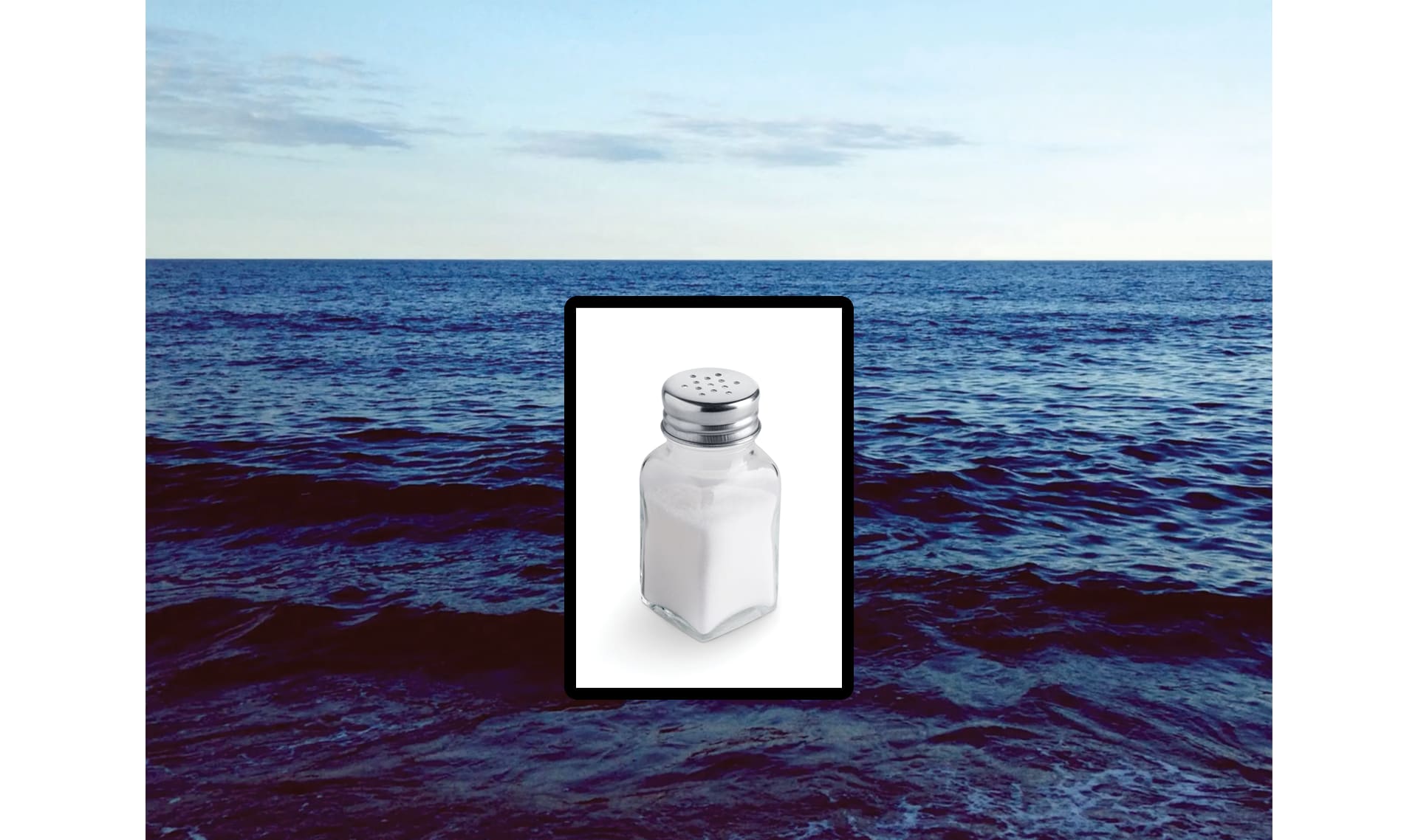
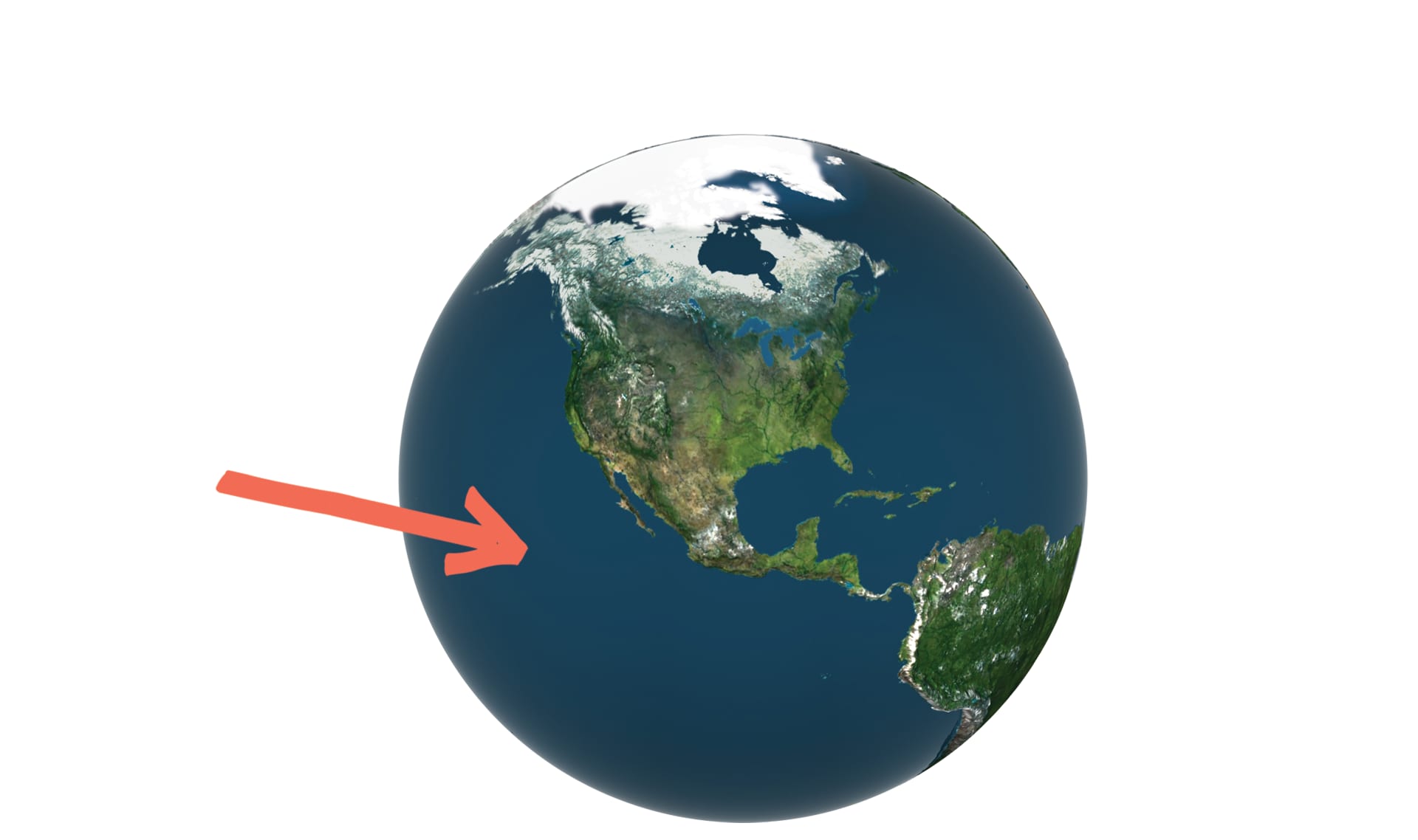




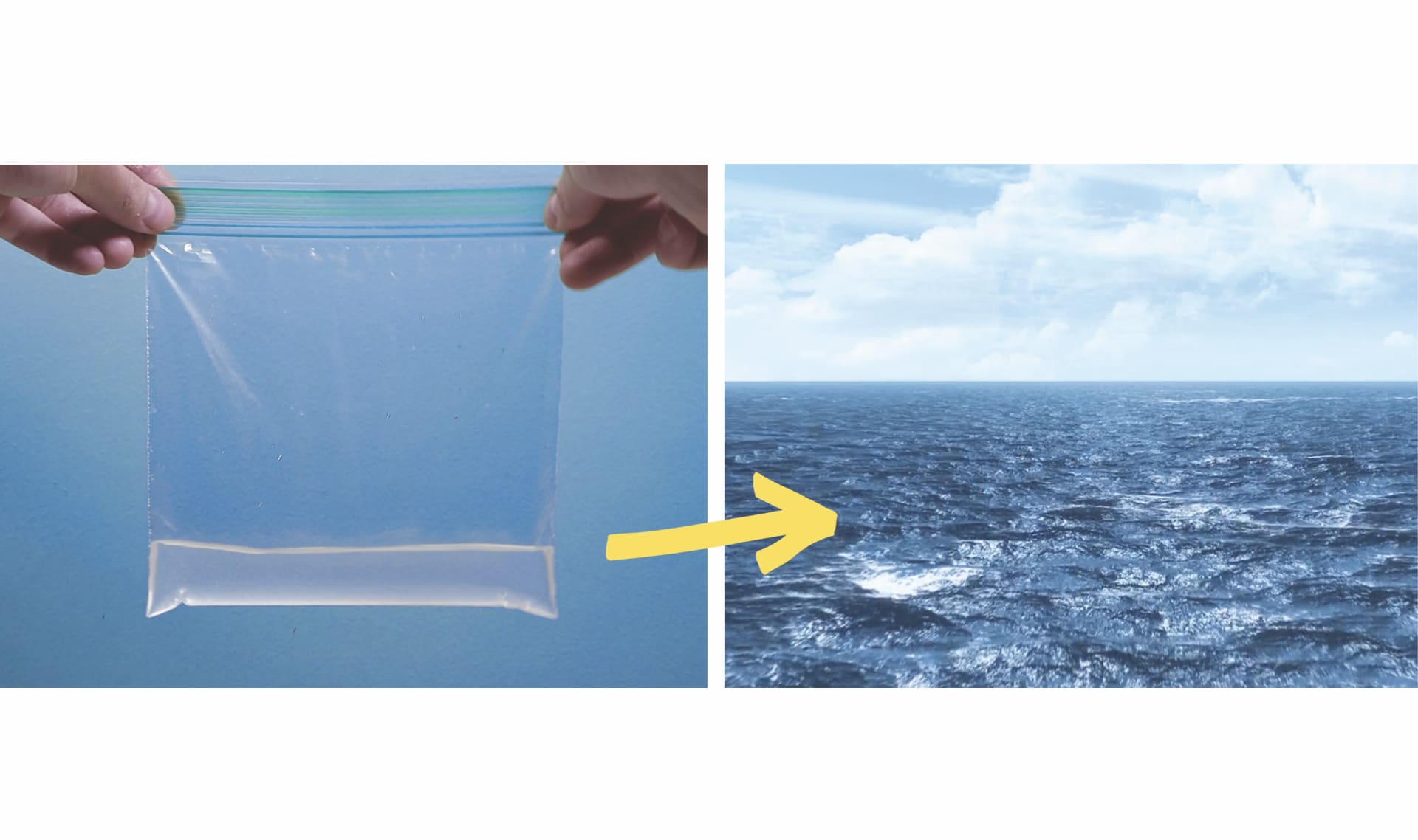


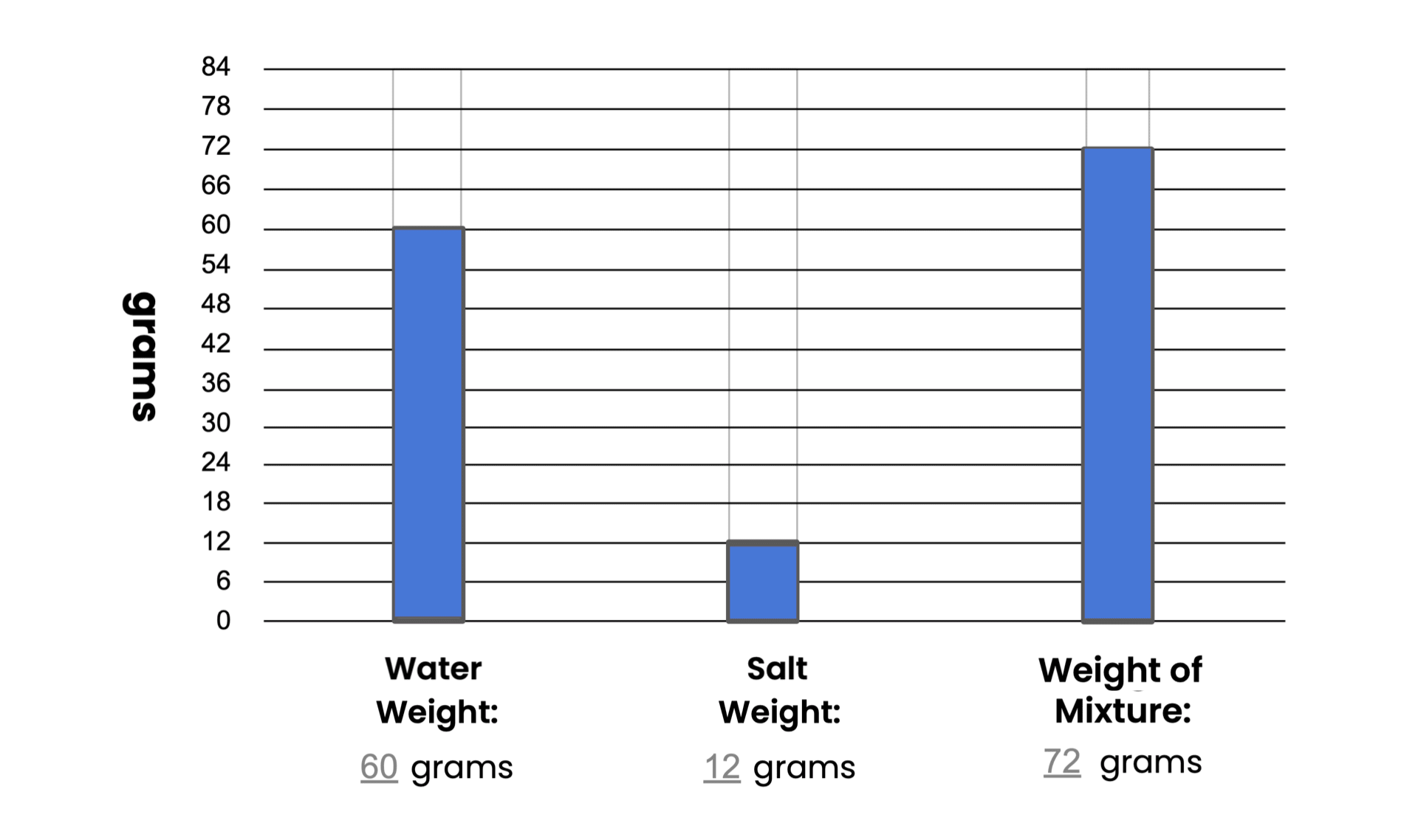
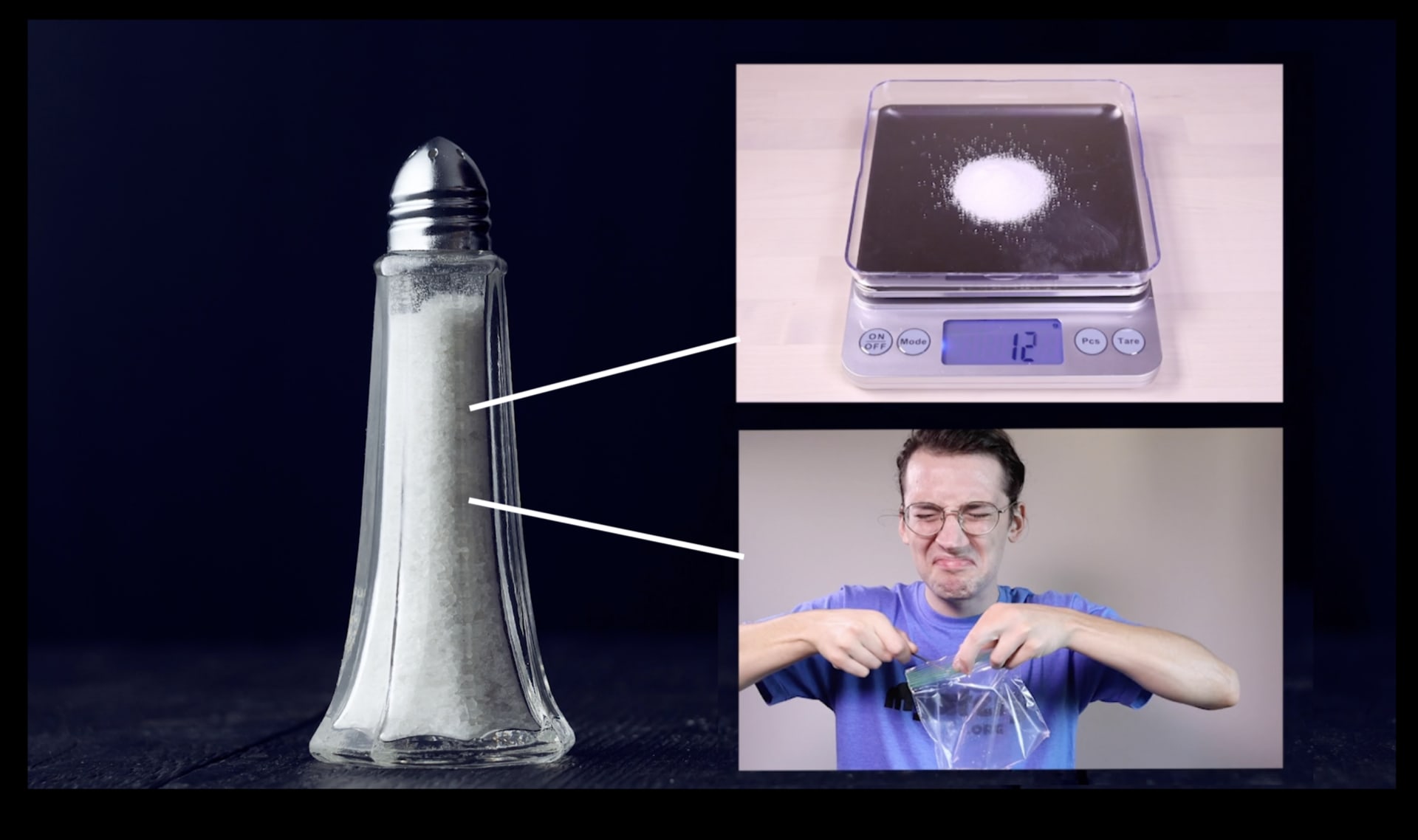

In this lesson, students explore how incredibly salty the ocean is, even though we can't see the salt! In the activity, Tiny Ocean, students create a model ocean to observe how salt seems to completely vanish when dissolved in water. Students then measure and graph quantities of the water and salt to provide evidence that, even though we can’t see it, the salt still weighs the same amount. Students also create a model salt flat, allowing the water to evaporate, leaving the salt behind.
Preview activity| Tiny Ocean worksheet | 30 copies |
| Tiny Ocean Answer Key teacher-only resource | 1 copy |
|
Baking Sheet
|
4 |
|
Clean-up Supplies (Eg. Paper Towels)
|
1 roll |
|
Black Construction Paper
|
8 sheets |
|
Dixie Cups (3 oz)
|
30 cups |
|
Measuring Cup
Needs to have 1/4 cup measurement.
|
Details
1
|
|
Paper Bag, Large
|
4 bags |
|
Paper Plates
|
15 plates |
|
Plastic Spoons
You can also use a teaspoon measuring spoon. If you use a plastic spoon, check to see how much salt it holds. If it measures significantly less than a teaspoon, we suggest using two spoonfuls in place of each teaspoon of salt.
|
Details
15 spoons
|
|
Salt
|
30 teaspoons |
|
Ziploc Bags (Sandwich Size)
|
15 bags |
We suggest students work in pairs. Each pair will make a Tiny Ocean in a plastic sandwich bag.
We suggest four pairs of students (8 students) then work together in a group to add their Tiny Ocean to a Paper Bag Landscape. Homeschool students can work on their own.
Each Paper Bag Landscape needs to dry on a cookie sheet. So if you have 30 students, you will need enough space for 4 cookie sheets. See below for details.
If you have limited time, you can divide this lesson into two sessions.
Part 1 (create a Tiny Ocean) takes 35 to 40 minutes.
Part 2 (create a Paper Bag Landscapes) takes 15-20 minutes. Part 2 begins here.
Cut each piece of construction paper in half so that each pair of students has 1/2 sheet.
Divide your Dixie cups into two equal piles -- one for water, one for salt.
Pour ¼ cup of water into each cup in one pile.
Put a couple of teaspoons of salt into each cup in the other pile.
Watch this video to see how we prepare the Paper Bag Landscapes.
After creating their Tiny Ocean, students will observe as their ocean dries, seeing the salt flat that is left behind. The time it takes for the Tiny Ocean to dry depends on humidity where you live. In Nevada, our Tiny Ocean dried in an afternoon. In foggy San Francisco, it took a few days.
Thanks for your feedback! If you have a question or need help, please contact us. Please consider sharing your review:
Sorry the lesson didn’t go well. We read every single review in an effort to improve our Mysteries.
Thanks for letting us know. We’ll wait to ask you for feedback until after you've actually taught it.
Thanks for the feedback! We read every single review in an effort to improve our Mysteries.
Please follow these steps:
Locked
6:10

Why is the sky blue?
Locked
4:41

Why do we call them doughnuts?
Locked
5:16

Could a turtle live outside its shell?
Your membership is expired. The archive of past Mini Lessons is not included in your limited access.
View pricing